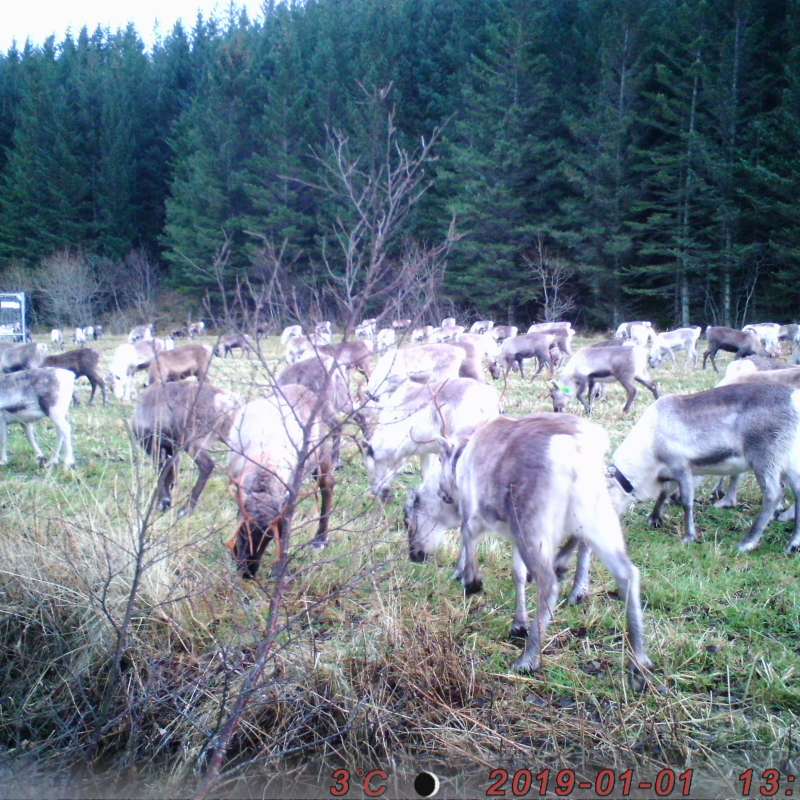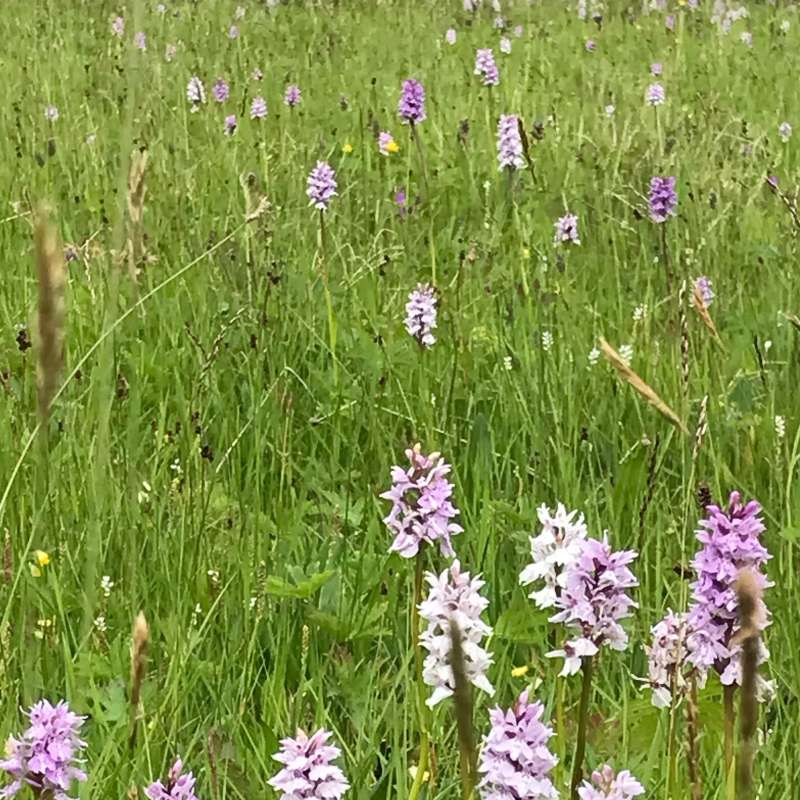Pål Thorvaldsen
Forsker
(+47) 406 21 869
pal.thorvaldsen@nibio.no
Sted
Trondheim
Besøksadresse
Klæbuveien 153, bygg C 1.etasje, 7030 Trondheim
Sammendrag
The 2025 update of the Norwegian Red List shows that coastal heathlands remain threatened. Key ongoing threats include abandonment of traditional land use and development of the areas. Recently compiled statistics from habitat mapping provide insights into the ecological condition of the heathlands. The data reveal that more than half of the remaining coastal heathland areas lack active management, putting them at risk of encroachment in the coming years. Moreover, data show that the proportion of areas in the late successional phase is surprisingly low, just over ten percent, despite widespread degradation due to encroachment. This suggests that degraded coastal heathlands are difficult to identify and are likely being misclassified as other habitat types, such as forest. To help field surveyors avoid misidentification, a map illustrating the potential distribution of coastal heathlands in Norway has been developed, along with clear inclusion and exclusion principles. The map extends the previously known northern range of heathlands and reaches south eastward toward heathland areas in Sweden. Norway currently lacks representative monitoring of coastal heathland, as existing programs miss rare habitats. It is therefore a welcome step that the Norwegian Environment Agency now proposes the development of a dedicated monitoring program.
Forfattere
Even Unsgård Erling Meisingset Inger Maren Rivrud Gunn Randi Fossland Pål Thorvaldsen Vebjørn Veiberg Atle MysterudSammendrag
Det er ikke registrert sammendrag
Forfattere
Ellen Johanne Svalheim Bolette Bele Bjørn Egil Flø Elin Blütecher Synnøve Grenne Marie Uhlen Maurset Pål ThorvaldsenSammendrag
Det er ikke registrert sammendrag

Divisjon for skog og utmark
Reinbeiting på dyrka mark
Intensiv beiting av husdyr påvirker avling og plantenes opplagsnæring, og har negativ effekt på overvintringsevne og spiringsegenskapene om våren. Avlingsreduksjonen er avhengig av beitetidspunkt, nedbeitingsgrad, artssammensetning i enga, samt lokalt klima og værforhold det aktuelle året mm. Det er få presise og omfattende studier på avlingstap grunnet graveskader og beiting av rein på innmark.

Divisjon for matproduksjon og samfunn
RESTORE: Restaurering av økosystemfunksjoner og biodiversitet i semi-naturlige naturtyper under sterkt arealpress
I RESTORE skal vi utvikle nye løsninger for restaurering av semi-naturlige natur som er i fare for tap og forringelse på grunn av endringer i arealbruk. Resultatene skal gi grunnlag for en bedre ivaretagelse av det biologiske mangfoldet og de økologiske funksjonene som finnes i semi-naturlig natur.
